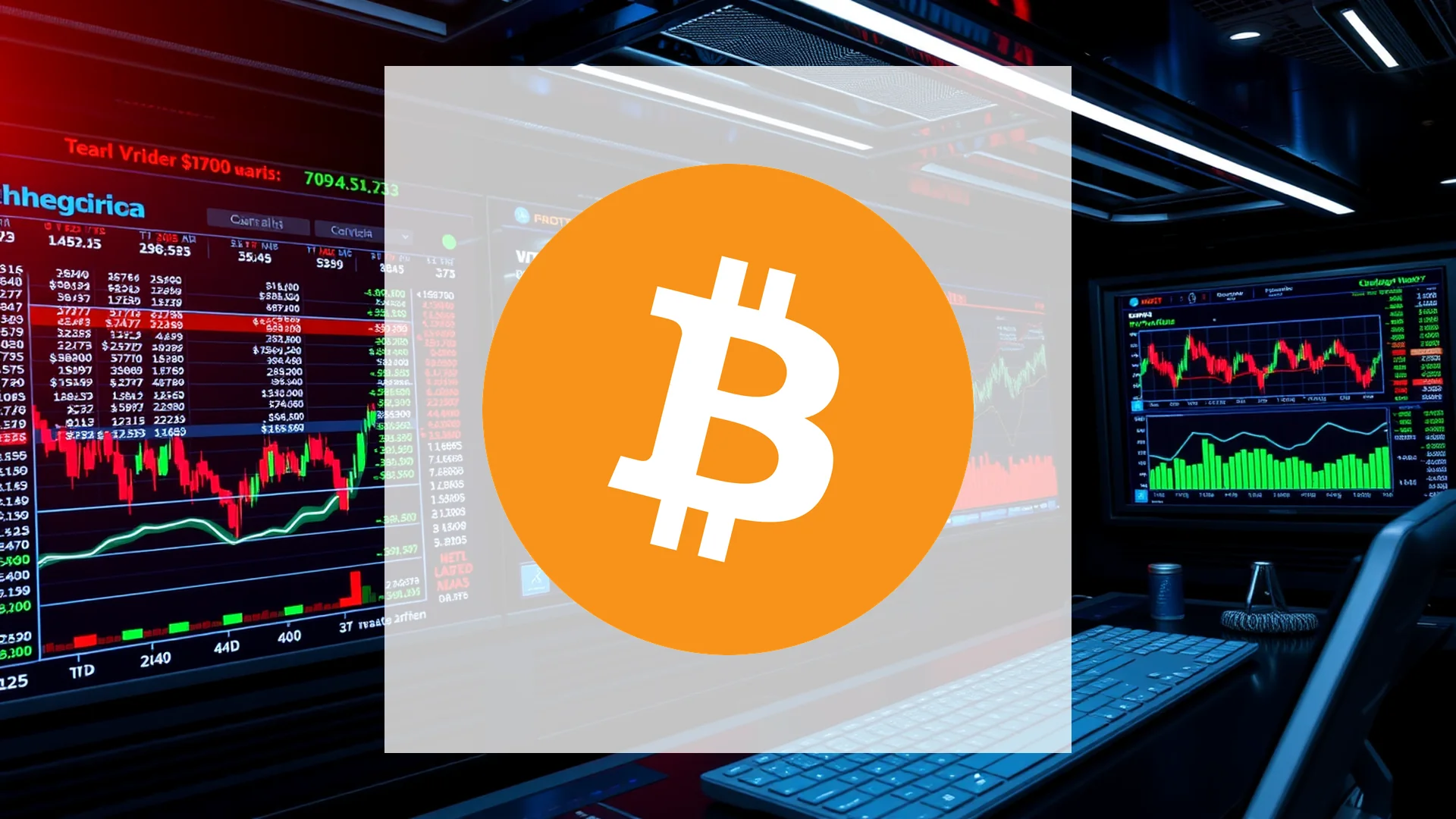The world’s leading cryptocurrency demonstrated renewed strength on November 10, 2025, with Bitcoin reclaiming the $106,000 threshold after a 4.7% surge within 24 hours. This upward movement presents a notable reversal from recent pressure that had pushed the digital asset below the psychologically significant $100,000 mark for the first time since late June. The recovery becomes particularly intriguing when viewed alongside substantial institutional outflows from Bitcoin ETFs, which exceeded $1.2 billion during the previous week.
Institutional Moves and Market Mechanics
Despite recording their third-largest weekly withdrawals on record, Bitcoin ETFs saw massive capital exits without triggering further price deterioration. Spot Bitcoin funds experienced outflows surpassing $1.2 billion, while Ethereum products witnessed an additional $508 million departure. Rather than declining, Bitcoin stabilized and initiated a counter-trend rally.
Market analysts suggest these movements reflect tactical portfolio adjustments rather than a fundamental rejection of cryptocurrency assets. Evidence supporting continued institutional interest comes from JPMorgan, which reportedly increased its Bitcoin ETF holdings by 64%. BlackRock’s iShares Bitcoin Trust (IBIT) maintains its dominant market position, while Strategy Corporation continues to hold an impressive 641,205 BTC valued at approximately $68 billion. Even prominent short-seller Jim Chanos recently closed his eleven-month short position against the company.
Key institutional developments:
* The $1.2 billion ETF outflow indicates short-term portfolio rebalancing
* Traditional hedge fund exposure to digital assets has expanded to 55% (up from 47% in 2024)
* Major institutions including BlackRock and JPMorgan continue expanding positions
* Corporate treasury strategies remain steady, with American Bitcoin Corporation increasing holdings beyond 4,000 BTC
Mining Economics Establish Support Foundation
Bitcoin’s production cost represents a frequently overlooked but crucial pricing factor. Current mining expenses required to produce one Bitcoin stand around $70,000, primarily comprising electricity costs. Historically, Bitcoin’s market price has rarely remained below this threshold for extended periods. The April 2024 halving event effectively doubled production expenses, establishing a structural price floor.
With Bitcoin currently trading well above this fundamental level, the valuation appears supported by underlying economics. Additional context comes from the fact that approximately 71% of Bitcoin’s total supply remains in profit. This metric typically suggests a medium-term correction phase rather than a full-scale bear market. The “Relative Unrealized Loss” indicator registers at just 3.1%, significantly below extreme capitulation levels observed during previous market cycles.
Should investors sell immediately? Or is it worth buying Bitcoin?
Regulatory Progress and DeFi Integration Fuel Optimism
The regulatory environment continues evolving favorably across major jurisdictions. The UK’s Financial Conduct Authority (FCA) has released consultation papers addressing fund tokenization and minimum standards for cryptocurrency businesses. Japan is considering new registration requirements for crypto custodians, while European regulatory frameworks mature further.
A significant development emerged from federally chartered Anchorage Digital, which launched a Bitcoin DeFi custody service. This breakthrough enables regulated institutions to access decentralized Bitcoin protocols through controlled channels—representing a crucial step toward utilizing Bitcoin beyond simple value storage. Meanwhile, Galaxy Digital committed $72 million to Canaan, a leading Bitcoin mining manufacturer. Such infrastructure investments signal long-term commitment rather than short-term speculation.
Critical Juncture: Sustainable Recovery or Temporary Rally?
Bitcoin currently faces a pivotal moment. The successful defense of $100,000 support and subsequent recovery above $105,000 indicates stabilization potential. However, establishing a sustainable upward trajectory requires conquering the $112,000-$113,000 resistance zone, which represents the break-even level for recent buyers.
Options market activity continues showing heightened demand for downside protection, reflecting cautious sentiment among traders. Market participants appear to be maintaining hedging strategies rather than positioning for aggressive price appreciation. Nevertheless, Bitcoin’s network fundamentals remain robust, with hash rates maintaining elevated levels and transaction fees operating within healthy parameters.
The current recovery could initiate a stabilization phase, provided institutional investors resume participation and Bitcoin successfully defends the hard-won $100,000 support level through coming weeks.
Ad
Bitcoin Stock: Buy or Sell?! New Bitcoin Analysis from December 26 delivers the answer:
The latest Bitcoin figures speak for themselves: Urgent action needed for Bitcoin investors. Is it worth buying or should you sell? Find out what to do now in the current free analysis from December 26.
Bitcoin: Buy or sell? Read more here...










